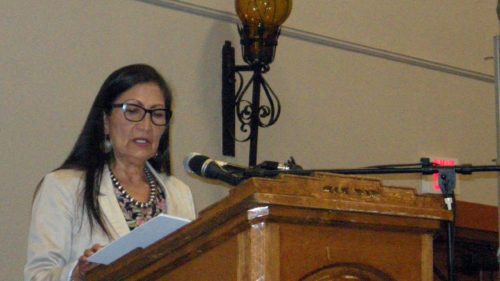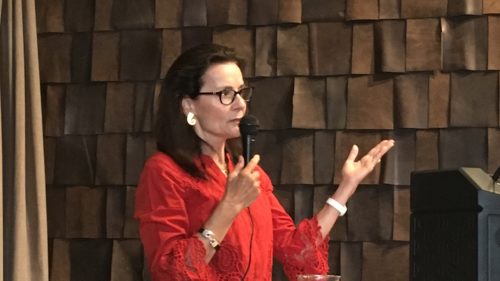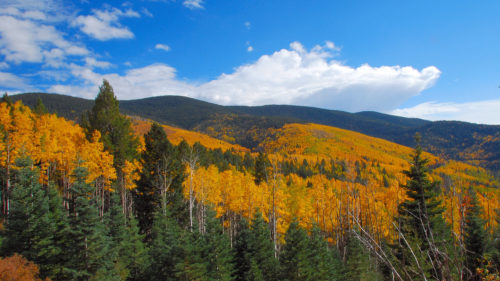Today and earlier this week representatives from the New Mexico Wildlife Federation worked tirelessly at the state capitol to kill two anti-sportsmen bills, one directed at public elk tag allocation and one that could have decimated our elk populations.
New Mexico Department of Game and Fish Director, Alexa Sandoval, did an excellent job testifying on behalf of New Mexico sportsmen and women and NMDGF.
We would like to recognize all the representatives who supported us on this issue and spoke out against these bills!
HB 145 – BIG GAME DEPREDATION FUND USES
Co-sponsored by Rep. Bealquin Bill Gomez
The Big Game Depredation Fund Uses Bill also died in committee last year because it violates the state’s anti-donation clause. Even if the bill didn’t violate the clause, NMDGF already has a robust, license-buyer supported depredation fund that provides more than $450,000 per year and more than adequately covers elk damage to the agriculture community.
Creating another fund on top of the existing one would create a massive fiscal burden on the agency, and redirect critical habitat and staffing monies. That would ultimately have led to substantive license fee increases for hunters and anglers.
Ironically, Representative Gomez doesn’t have elk in his district, so one must wonder if his legislative agenda acts in the best interests of his constituents – especially his sportsmen constituents.
Only one committee member, Representative James R.J. Strickler from San Juan County, supported the bill.
HB 333 – ELK HUNTING LICENSES & GRAZING ALLOTMENTS
Co-sponsored by Representatives:
The basic idea of the bill is to drastically decimate elk herds statewide to mirror domestic cattle stocking rates on state and national public lands – including the Valles Caldera National Park and Preserve.
Some key arguments against the bill include:
- NMDGF is required to manage on a statewide and unit level; not by land status. Management goals are set at the unit level not allotment levels.
- Livestock levels are adjusted quickly but wildlife herds can not be; if a lot of elk were killed, it could devastate the herd and take 10-15 years to recover
- Hunting would have to occur during inopportune times of the year (full term pregnant cows or newly born calves could be accidentally harvested).
- Initial economic benefits would rise due to increased activity but in the long-run, economic activity would be diminished due to less licenses distributed in future years due to reduced herd sizes.
- If we were to hunt on particular allotment then elk move to “safe” locations such as neighboring allotments, private land or tribal lands; no true reduction would occur.
- Wildlife can move across allotment boundaries where as livestock cannot, therefore reductions in wildlife would serve no purpose.
- Nearly 9,000 private land antler-less (mostly cow elk) authorizations go unused every year. Many private landowners are not up to the task of managing elk herds properly and by not harvesting their allotted antler-less elk that frequent their lands.
- As we all know, elk don’t stay within fenced boundaries. The wholesale killing of elk in New Mexico would impact herds and hunters in Colorado and Arizona as well as the rights of New Mexico, Colorado, and Arizona sovereign Tribal nations.
- Ranching is an important contributor to our state’s economy, but so are hunting and fishing (nearly one billion dollars annually)! Should public lands grazing permittees – who consist of less than 1% of our population – control how our wildlife should be managed?
The bill died on a straight party line 6/6 vote.
If you disagree with these bills and how your elected officials represented you, find their contact information above and voice your opinion today!



